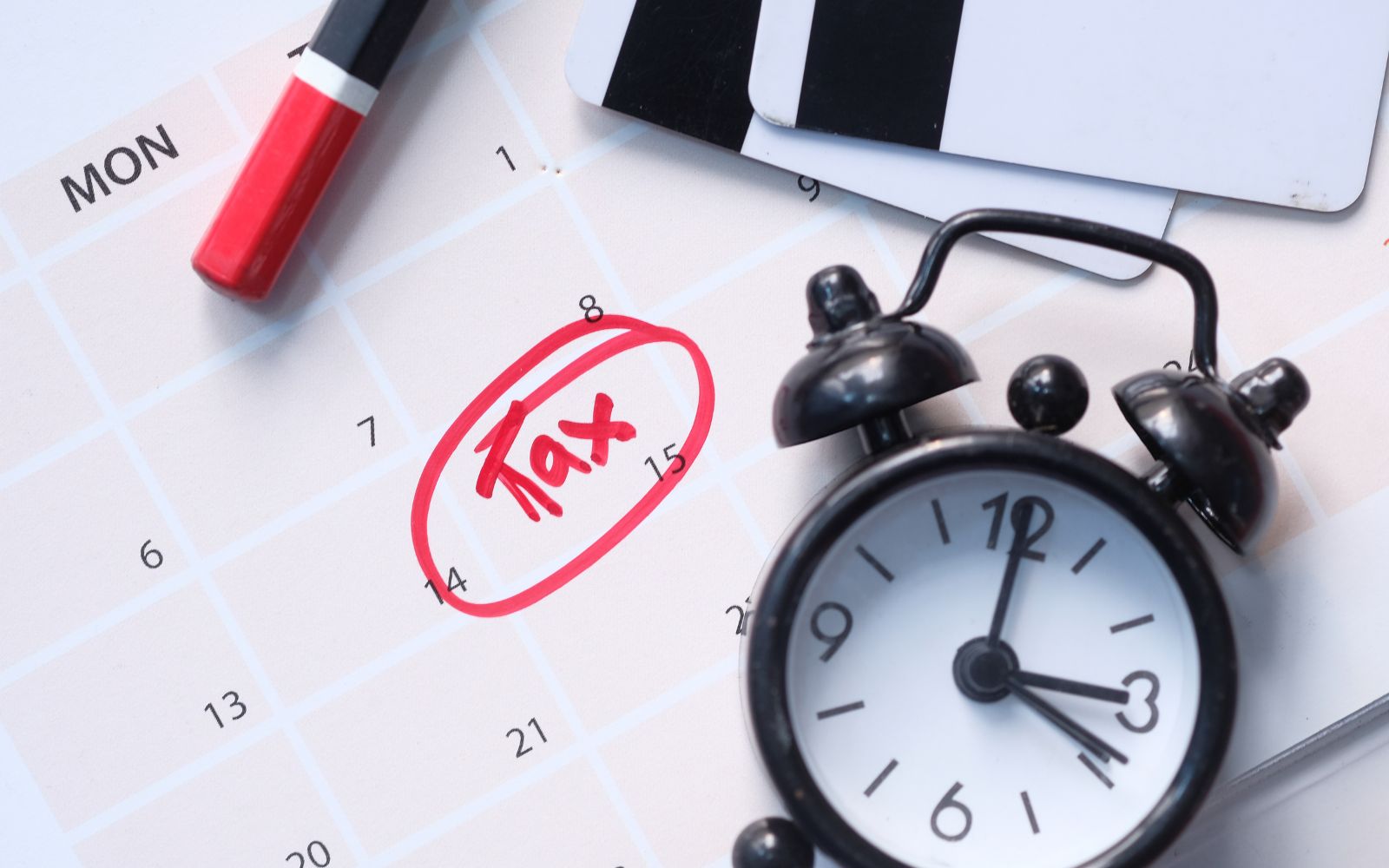NIC for 2023/24

The 2022/23 tax year was a tricky one regarding NIC due to the in-year changes to the primary threshold and the Class 1, 1A, 1B and 4 rates.
These NIC changes resulted in some strange numbers, with average rates applying for Class 1A, Class 1B and Class 4 contributions. Average rates are also applied for Class 1 purposes to company directors who have annual earnings periods.
In this blog you can find the summary of 2023/24 for the NIC landscape at the moment.
Employees and employers (Class 1)
The Class 1 thresholds remain unchanged for 2023/24 and are as shown below.
| Threshold | Weekly | Monthly | Annual |
| Lower earnings limit | £123 | £533 | £6,396 |
| Primary threshold | £242 | £1,048 | £12,570 |
| Secondary threshold | £175 | £758 | £9,100 |
| Upper earnings limit | £967 | £4,189 | £50,270 |
| Upper secondary threshold for under 21s | £967 | £4,189 | £50,270 |
| Apprentice upper secondary threshold | £967 | £4,189 | £50,270 |
| Veterans’ upper secondary threshold | £967 | £4,189 | £50,270 |
| Freeport upper secondary threshold | £481 | £2,083 | £25,000 |
Employees will pay contributions at the main rate of 12% on earnings between the primary threshold and the upper earnings limit, and the additional primary rate of 2% on earnings above the upper earnings limit.
Employees with earnings between the lower earnings limit and the primary threshold are treated as paying contributions at a notional zero rate, giving them a qualifying year for state pension purposes for zero contribution cost.
The employer pays secondary contributions at the secondary rate of 13.8% on the employee’s earnings where these exceed the secondary threshold or, as appropriate, the relevant upper secondary threshold.
The Employment Allowance remains at £5,000 for 2023/24.
Employers (Class 1A)
Class 1A National Insurance contributions are payable by employers only on most taxable benefits in kind, on taxable termination payments over the £30,000 threshold and on taxable sporting testimonials over the £100,000 threshold.
The Class 1A rate is aligned with the secondary Class 1 rate and is set at 13.8% for 2023/24.
Employers (Class 1B)
Class 1B National Insurance contributions are also employee-only. They are payable on items included in a PAYE Settlement Agreement (PSA) in place of Class 1 or Class 1A liabilities that would otherwise arise, and also on the tax due under the PSA.
As with Class 1A, the Class 1B rate is aligned with the secondary Class 1 rate, set at 13.8% for 2023/24.
Self-employed (Class 2)
Class 2 contributions are how the self-employed build up entitlement to the state pension. For 2023/24, Class 2 contributions are payable at £3.45 per week where profits exceed the lower profits threshold of £12,570.
Where contributions are between the small profits threshold of £6,725 and the lower profits threshold, the self-employed earner is treated as making contributions at a zero rate, securing a qualifying year for zero contribution cost.
Where profits are below the small profit threshold, Class 2 contributions can be paid voluntarily. This is a cheaper option than making Class 3 contributions.
Self-employed (Class 4)
The self-employed also pay Class 4 contributions on their profits. These contributions do not secure any benefit entitlement and are more akin to a tax.
For 2023/24, Class 4 contributions are payable at the main rate of 9% where profits are between the lower profits limit of £12,570 and the upper profits limit of £50,270, and at the additional Class 4 rate of 2% on profits over the upper profits limit.
Voluntary contributions (Class 3)
An individual can pay voluntary Class 3 contributions to make up for gaps in their National Insurance record. For 2023/24, the Class 3 rate is £17.45 per week.
What else founders do need to keep in mind this year? Read our A year ahead for SMEs: Tax Guide.
The information available on this page is of a general nature and is not intended to provide specific advice to any individuals or entities. We work hard to ensure this information is accurate at the time of publishing, although there is no guarantee that such information is accurate at the time you read this. We recommend individuals and companies seek professional advice on their circumstances and matters.




